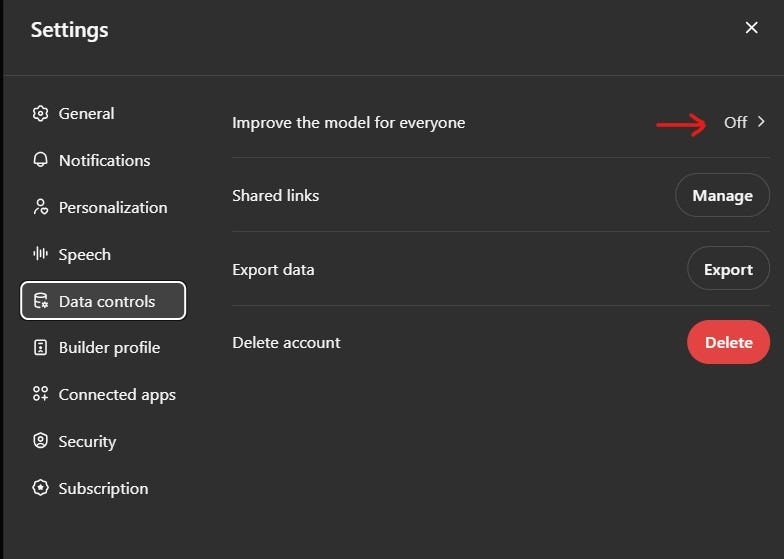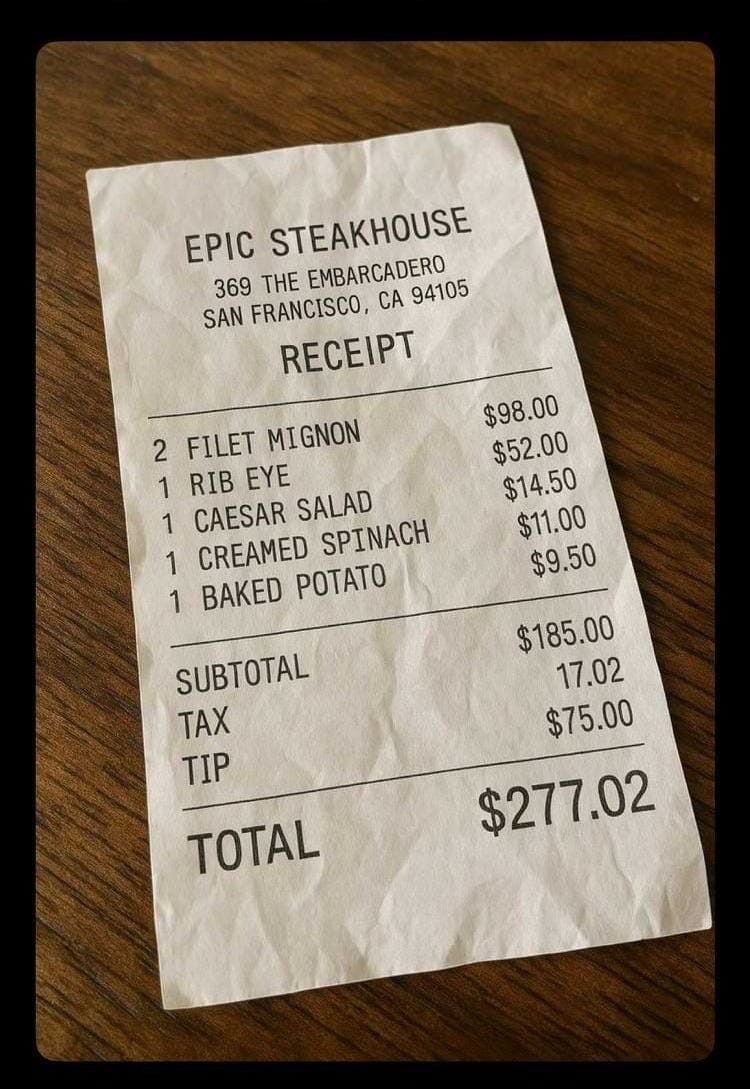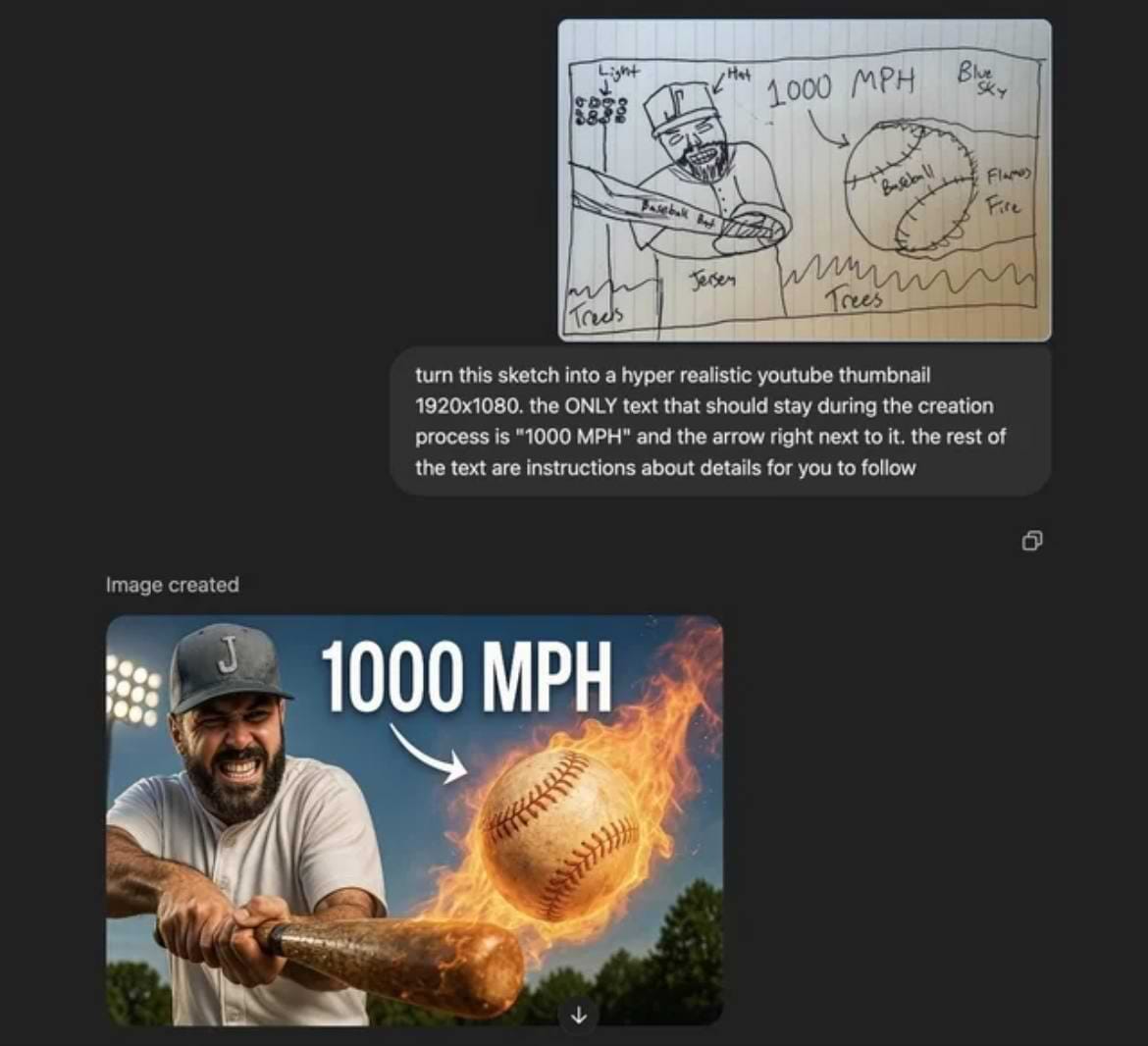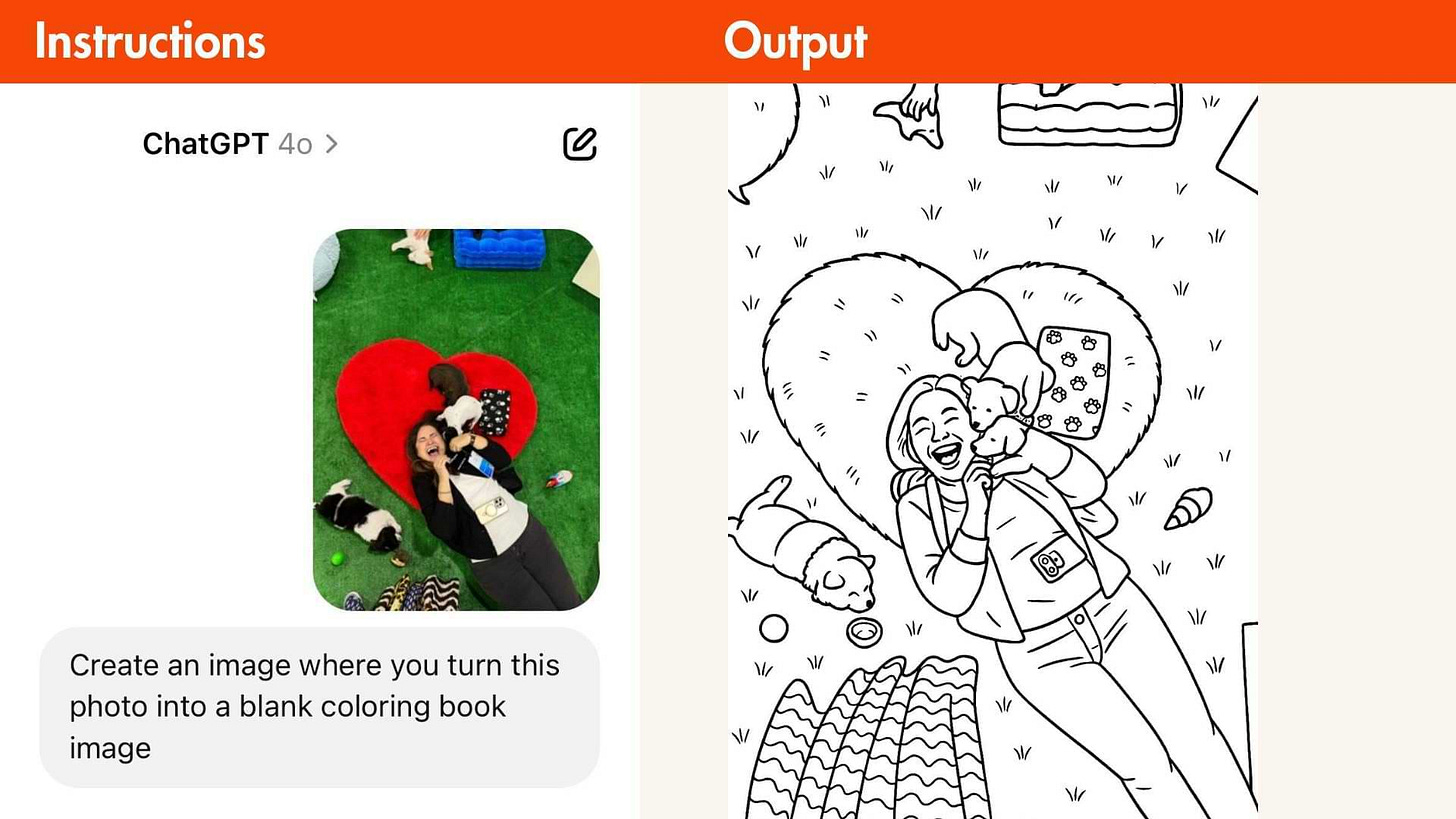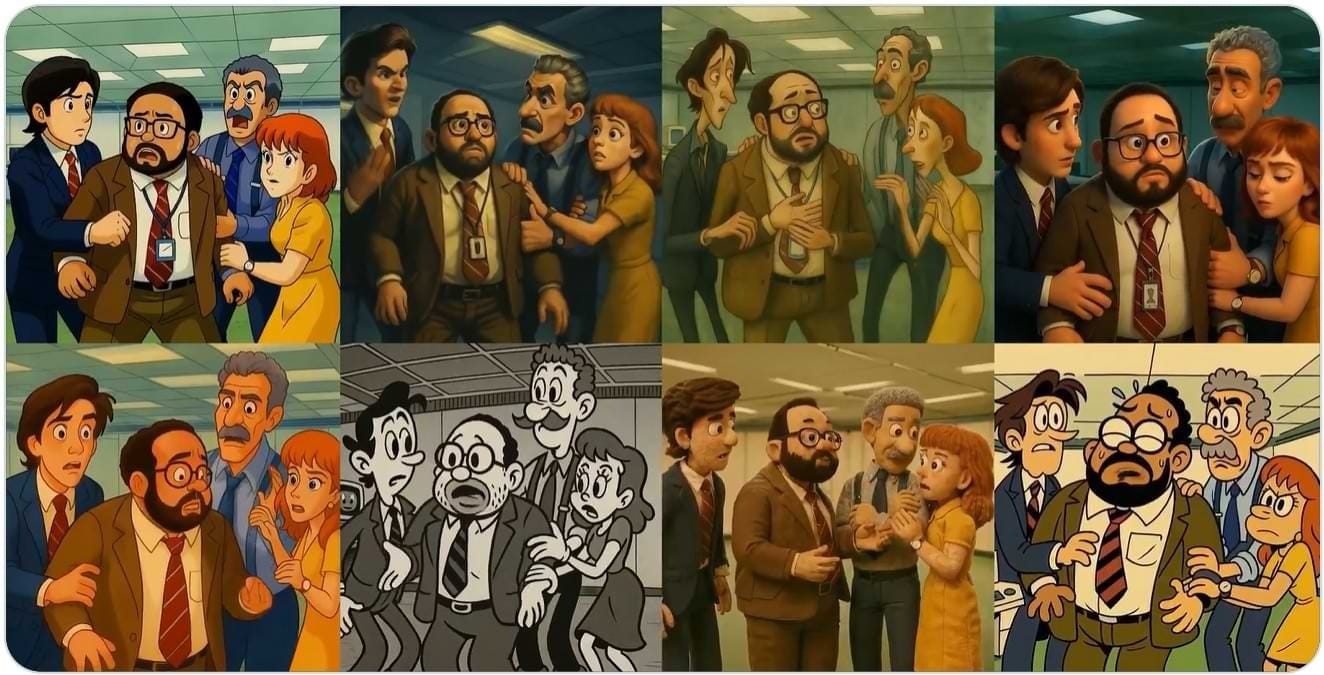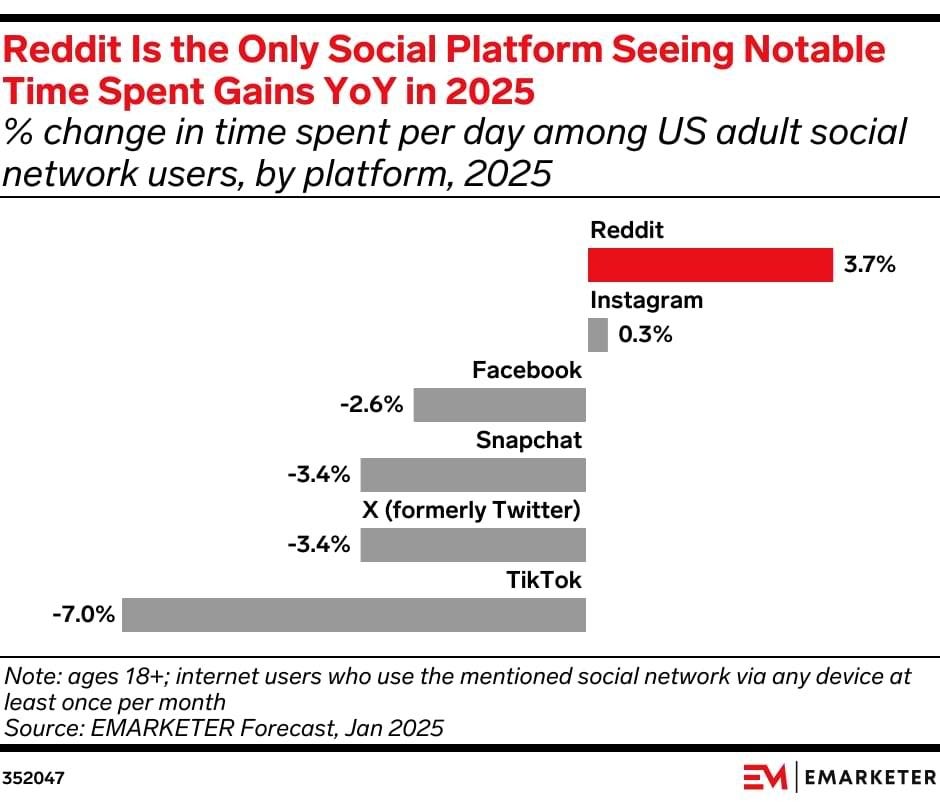Last week I said that the launch of ChatGPT’s new image generation model was a cultural moment in motion.
And here we are.
Over the past week, people (and I mean many, many people) have been using it to transform personal photos into stylized portraits—animated versions, illustrated versions, movie poster mockups, you name it.
It’s gone viral, and fast.
But here’s what most people don’t realize:
When you use tools like ChatGPT or Sora, OpenAI can use that data to train its future models.
That’s the default.
If you’d rather not have your personal photos (or your kids' photos) become part of future training data, you’ll need to opt out in a few places.
Here’s how to do that:
1. Submit a privacy request
→ Go to privacy.openai.com
→ Click the “Make a Privacy Request” button (top right) and follow the steps
2. Adjust your ChatGPT settings
→ Go to Settings > Data Controls
→ Toggle off “Improve the model for everyone”
If you’ve been reading my newsletter for the last several months, you’ve already likely done this to stop their AI from training on all your inputs and outputs.
3. If you're using Sora, do the same
→ Go to Settings > General
→ Toggle off “Improve the model for everyone”
You only need this last step if you’re using Sora to generate images. If you’re on the $20 ChatGPT Plus plan, you can create images on both platforms (soon to be combined.)
💡Bonus Tip:
If you’re uploading personal photos (or having any sensitive conversations), try using a temporary chat—it’s basically ChatGPT’s version of incognito mode.
Just tap the “Temporary” button at the top right corner of any chat window.
One catch: temporary chats don’t save to your history. So, if you generate an image there, make sure to download it right away—or it’s gone.
Now you’re good to go.
Have fun. Make your weird little Pixar clone.
Just do it on your terms.
More Real and Practical ChatGPT Image Use Cases
Now that we’ve got that out of the way…
I’ve been experimenting with the image generator myself—and also keeping an eye on how others are using it.
Here are a few standouts from this week, starting with two of my own.
(If you missed last week’s edition, I shared some of the most creative use cases, which you can check out here.)
I’ll start with one of the most controversial ones: creating fake receipts.
I was in Vegas for CinemaCon this week and paid just over $9 (with tax) for a large iced coffee at the Starbucks in Caesars Palace.
Yes, nine dollars. For basic iced coffee.
Naturally, it got me thinking about receipts—and how easy it might be to fake one.
So, I decided to test how well the image generator could recreate a convincing version of the receipt.
With the help of some advanced prompting techniques, I added a breakfast burrito (which Starbucks doesn’t serve), just to see how well it would handle layout, itemization, and brand details.
I’m not sharing the prompt I used. It’s not the kind of thing I want floating around.
It took about 10 minutes and four different iterations to get it right. Here it is:
Even without great prompting, you can still end up with something that looks close enough.
The easier it is to fake a receipt, the harder it becomes to trust anything that looks like one.
Not everything I used it for this week was quite so provocative.
This one technically uses ChatGPT’s vision capabilities, not its image generator—but since it starts with a photo and ends with something useful, I figured it was worth including here.
During the CinemaCon presentations, the stadium was dark and phones were off limits (security rules to protect unreleased footage). So, I had to take notes by hand.
I took photos of my handwritten notes about NEON’s mini presentation and dropped them into ChatGPT. Seconds later, I had a clean, structured transcription.
It’s also great for capturing notes from brainstorms, whiteboards, pitch planning—or client sessions when you’re scribbling ideas mid-conversation.
Or even just organizing the kind of handwritten to-do list you jot down while half-watching Netflix.
What’s especially impressive about the new image model is how well it understands structure—from rough sketches to polished photos, and the other way around.
I came across this example where someone sketched out a YouTube thumbnail by hand—and the model turned it into a finished, photorealistic version.
And reversing the process is just as seamless.
Here’s another example: turning a real photo into a black-and-white stylized line art coloring page.
Rough ideas don’t need to stay rough for long.
And it’s not just ideas that can be cleaned up—even blurry photos get an upgrade.
And last, but not least—one of the most ambitious things I saw this week:
AI artist Bennett Waisbren used it along with Kling’s image-to-video capabilities to recreate a scene from the hit TV show Severance across eight famous animation styles, from Pixar to French surrealism to 1930s-era black-and-white.
Ok, that’s enough magic for now. Let’s get into the rest of this week’s AI updates.
What You Need to Know About AI This Week ⚡
Clickable links appear underlined in emails and in orange in the Substack app.
Thanks to its new and viral image generation model, ChatGPT now has 500 million weekly users globally.
It also just raised $40 billion—one of the largest private funding rounds in history—at a $300 billion valuation.
Elon Musk’s AI startup, xAI has acquired social media platform X, (formerly Twitter, also owned by Musk) for $33 billion in an all-stock deal valuing the combined entity at $113 billion.
Generative AI now drives significantly more shopping traffic—up 1,300% during the holidays and growing fast into 2025.
AI users browse longer and deeper but still convert at a slightly lower rate, though that gap is shrinking. Travel and banking brands benefit most as users lean on AI search for planning, recommendations, and personalized financial help.
OpenAI and Anthropic are racing to win over college students — not just with free tools, but with deep campus partnerships and custom features.
Anthropic launched a Socratic “Learning mode” in Claude. OpenAI made ChatGPT Plus free through May. Both companies are betting that the AI students adopt now will be likely become their default AI assistant.
Reddit’s using AI to translate content into 22+ languages—and Google is rewarding it.
Most publishers get penalized for scaled AI translation. Reddit’s an exception—and it’s thriving, likely because Google sees it as high-quality, high-authority, and essential to its search experience.
And that’s just one part of Reddit’s edge right now. The other side of the story is all about people—and where they’re choosing to spend more of their time.
Reddit is quietly dominating social. While most platforms drift further into AI noise or passive feeds, Reddit still feels like a place where people actually talk to each other.
Daily use is up 3.7% to 34 minutes—a bigger jump than any other major app.
I’m obsessed with it for audience/consumer insights—and it’s where I spend the most time going down rabbit holes and chatting with AI power users.
Claude has some hard-core fans and is gaining traction, but its brand awareness is still miles behind ChatGPT’s.
Anthropic’s betting it can win on trust instead of scale—and is shaping Claude’s brand to signal just that.
That’s what makes its playbook worth watching.
This new Wired profile breaks down how the team behind Claude—former OpenAI execs—are trying to carve out a distinctive position in the AI race by doubling down on safety, governance, and personality.
A Swedish sci-fi film will hit U.S. theaters this May—without subtitles or voice actors. “Watch the Skies” uses AI to dub the original cast’s voices in English and sync their lip movements, making it the first feature of its kind.
Synthesia, known for its AI-generated video avatars, will pay actors in company shares for licensing their likenesses to train their models.
Runway’s new Gen-4 model brings AI video closer to meeting the needs of professional filmmakers, with more consistent characters, scenes, and backgrounds.
Tinder launched an AI game to help you practice flirting.
This is an interesting use of OpenAI’s Deep Research agent to explore whether TV shows get worse over time with each successive season.
In case you missed last week’s edition, you can find it 👇:
That's all for this week.
I’ll see you next Friday. Thoughts, feedback and questions are always welcome and much appreciated. Shoot me a note at avi@joinsavvyavi.com.
Stay curious,
Avi
💙💙💙 P.S. A huge thank you to my paid subscribers and those of you who share this newsletter with curious friends and coworkers. It takes me about 25+ hours each week to research, curate, simplify the complex, and write this newsletter. So, your support means the world to me, as it helps me make this process sustainable (almost 😄).





